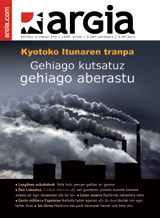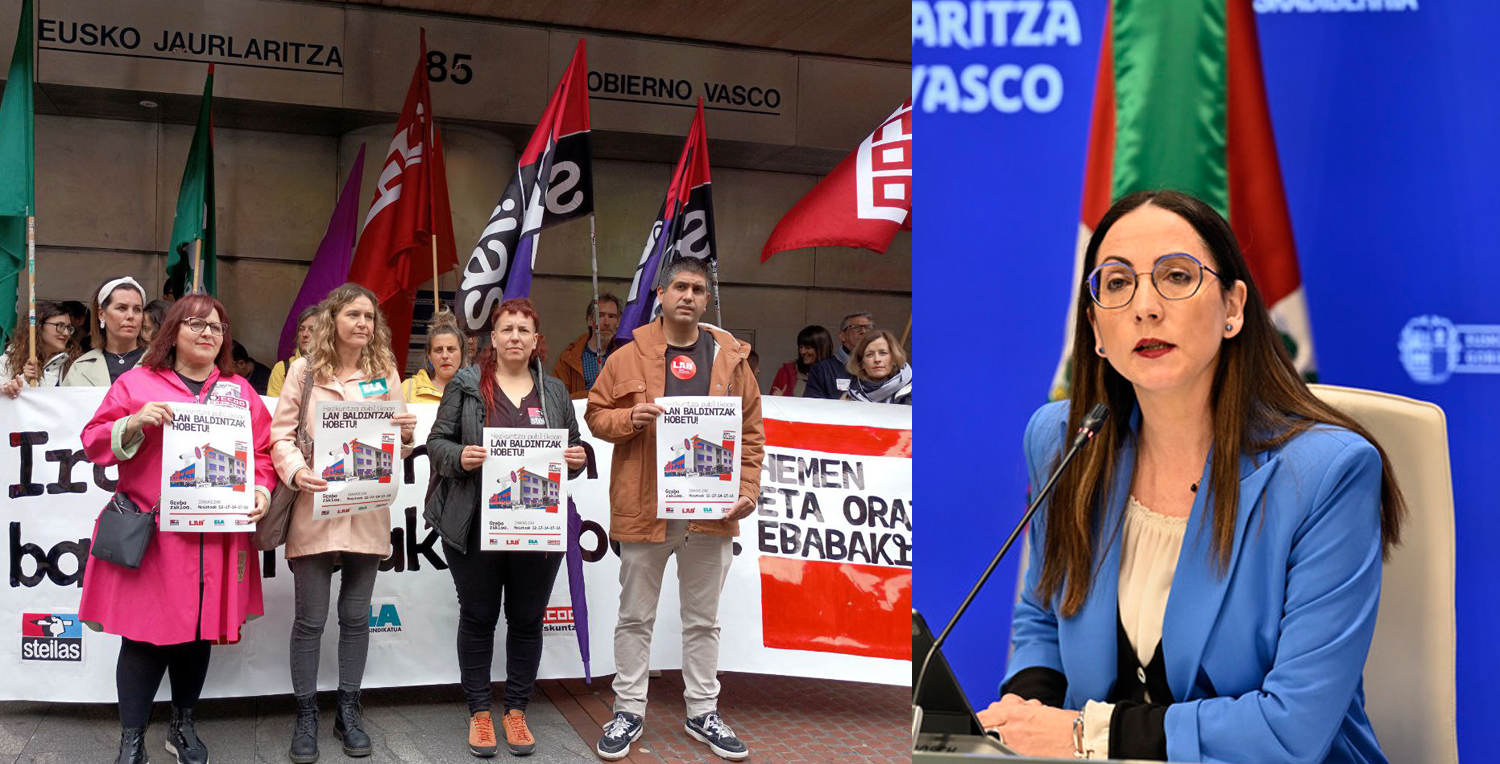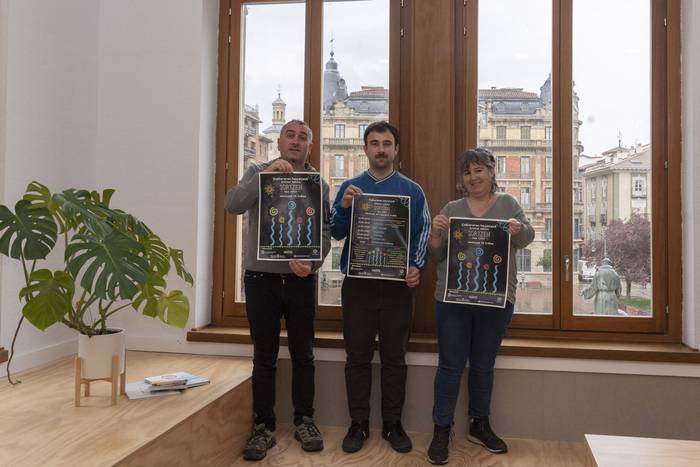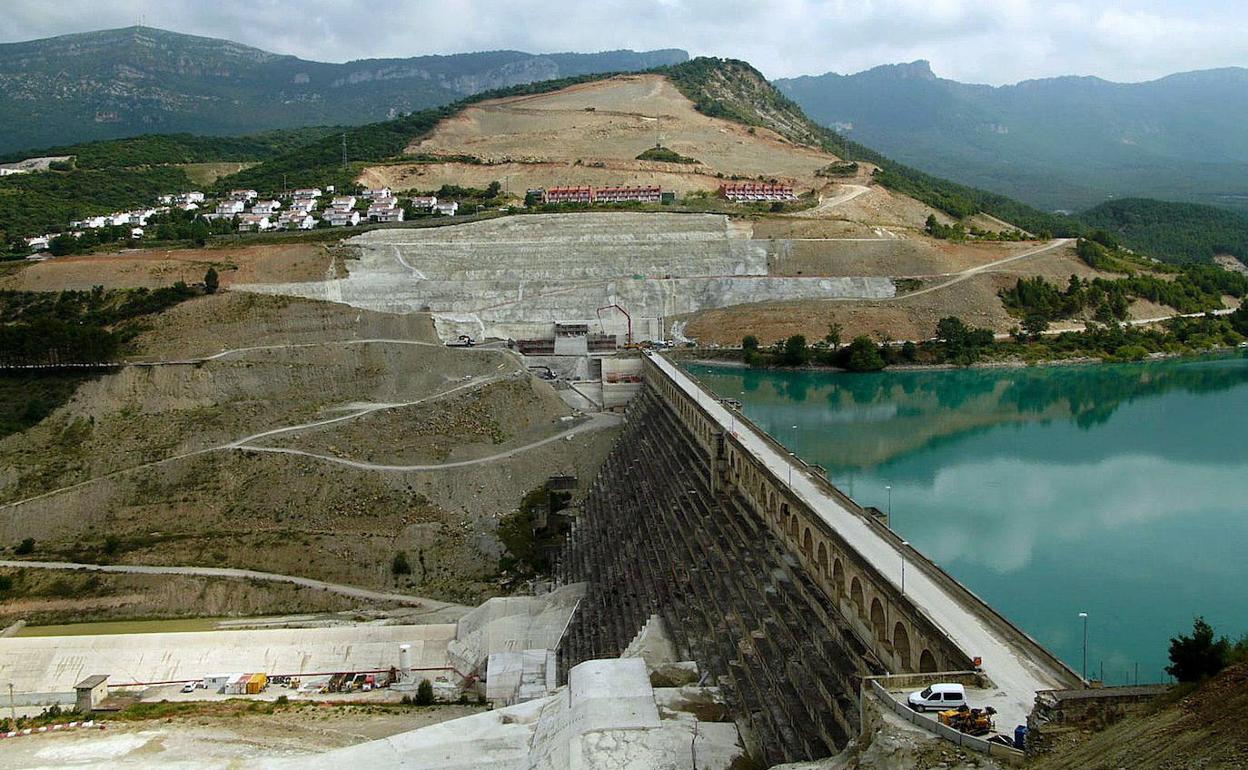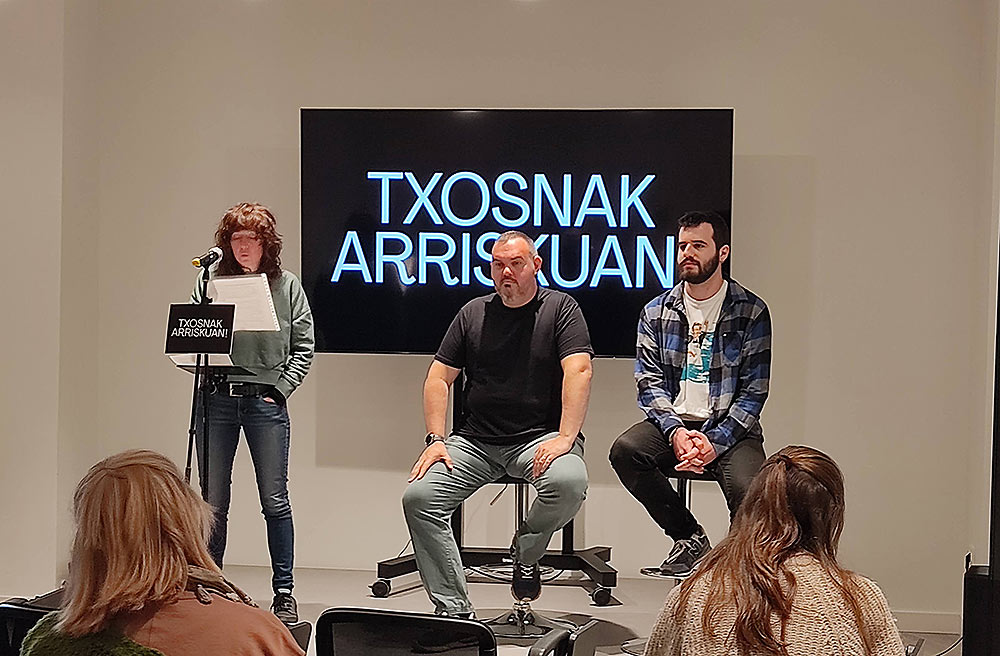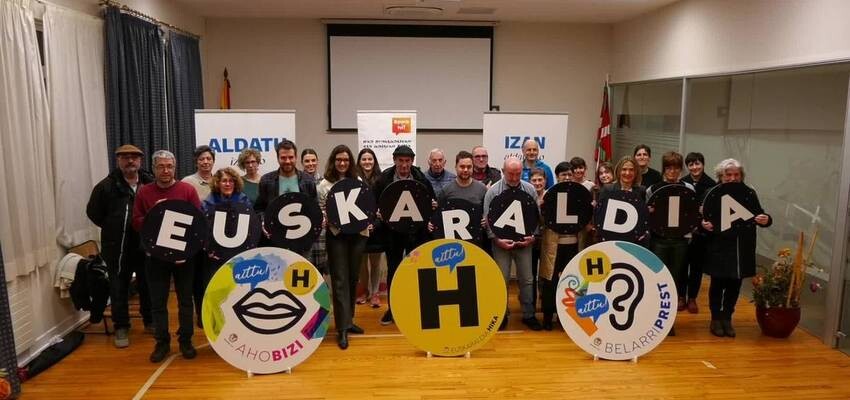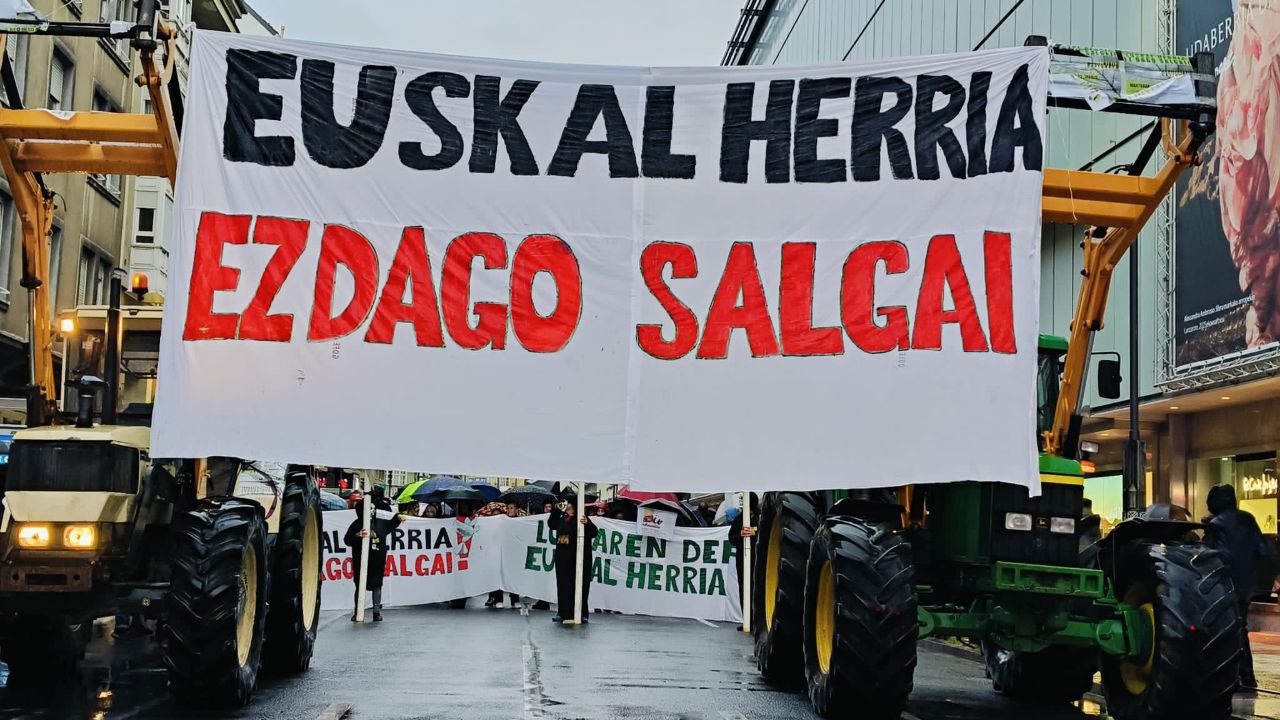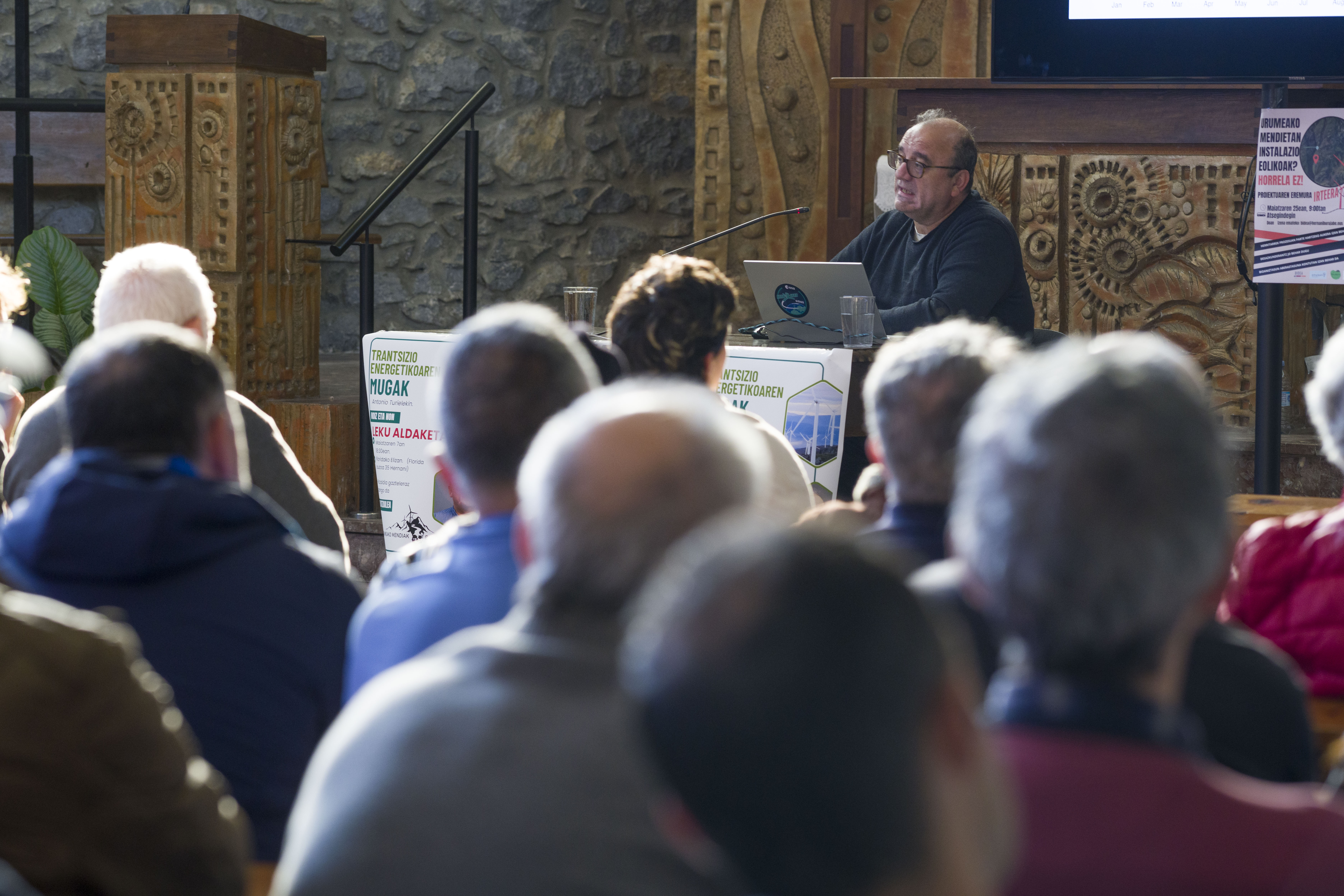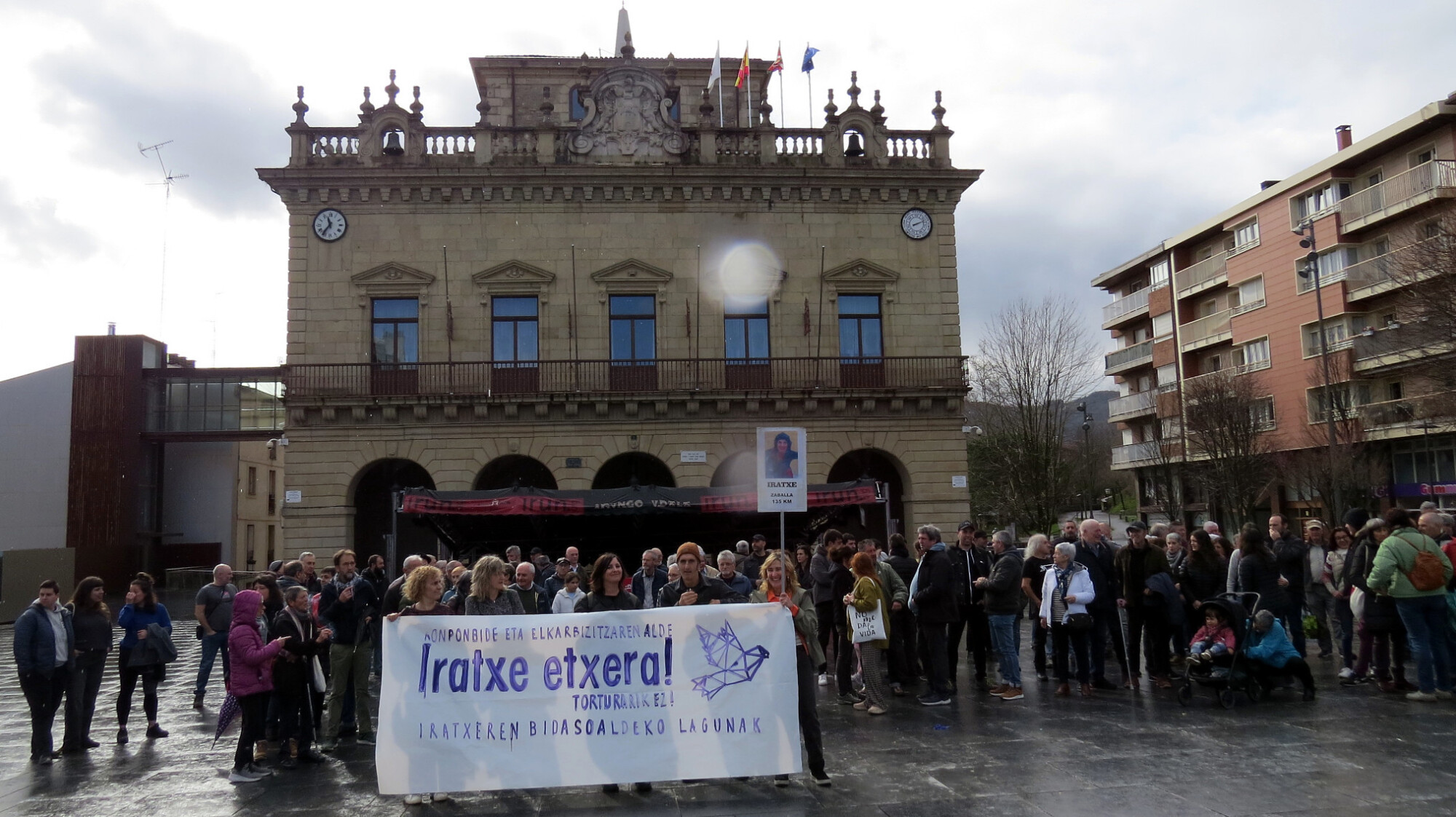Carbon traffic in Spain: green theft of pollutants
- Climate change doesn't have to be a tragedy -- if you don't live in the territories that are going to get caught by the sea. The apocalyptic reports on television frighten us citizens, not pollutants. Find out how the main agents of the pollution problem benefit from it. Over here.
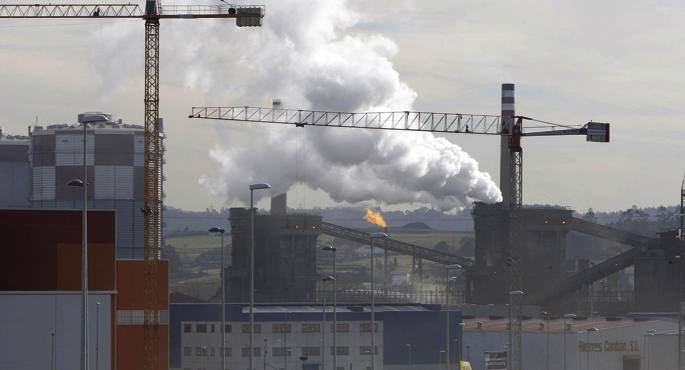
If one of the virtues of the journalist has to be easy to understand, we should express Carbon trade or carbon trading with a bad story.
Once upon a time, there was a rich man who had made a treasure by scare all the other citizens. The streets were filled with water because of the system carrying the cacique, at first the finger was filled, then to the ankles, to the knees… The political representatives decided that something had to be done because people were very concerned. After long and soporous discussions, they found the solution: the cause of the pollution to solve the problem they would pay with money. The cacique charged for “channeling the problem” instead of paying for the flood damage and drove the factory away from the river to the highest locality. Since then, all neighbors and neighbors are underwater, anguish has increased and the cacique asks for more money to “channel the problem”.
The system was pedagogically explained by Anni Leonard, author of the famous The story of stuff, in the famous video The story of Cap & Trade, summarized by Net Gertu in 2009. This summer the organization Carbon Trade Watch has shown the results of the operation “Castles in the air: The Spanish State, public funds and the European Union carbon market.”
Faced with the severe climate change caused by industrial society, instead of taking measures to curb climate change, the authorities of rich countries have created a new business line driven by corporate lobbies and equipped with complicated regulations. After all, the increase in pollution that is changing the climate has been brutal ... and the tax collection of citizens has brought new benefits to pollutants.
In 1997, with the adoption of the Kyoto Protocol, major corporations managed to ensure that the market for polluting emissions, mainly carbon CO2, was translated into two mechanisms. On the one hand, cap and trade, which is the maximum cap and pollution exchange. On the other hand, compensation, continue to pollute here in exchange for reducing emissions in other areas. This is how a new purchase and sale item, carbon, came about. Trade ... and speculation.
In Europe, the Kyoto Protocol was implemented in 2005 in the EU-ETS Regulation of the European Association for Emissions Trade (ETS). According to the analysis prepared by Beatriz Martínez and Tamra Gilbertson for the independent Carbon Trade Watch observatory, “the truth is that in the European Union emissions are increasing and the system has not achieved its possible objectives, but has offered business opportunities to the most polluting industries”.
If Spain was given 15% more carbon dioxide in 1990, by 2007 it had increased by 53%. What is worse, moreover, in order to achieve that is that the Madrid administration has spent EUR 750 million on compensation mechanisms. Citizens pay and businesses charge: Arcelor Mittal has raised 263 million euros to the operation, the porter Cemex 210 million, Repsol 105 million, Portland Valderrivas 97 million, etc.
With the blessing of the authorities
The EU-ETS carbon trading system brings together 30 countries and 11,000 factories, including power plants, oil refineries, steel plants, cement plants, etc. They have been calculated and granted a number of credits or pollution authorisations that they can sell or buy from each other or compensate for with investments in renewable energy in remote countries. Banks and financial institutions have soon joined in buying and selling these landfill permits.
In order to adapt European standards, the Spanish Government launched the National Allocation Plan (NAP). His coordinator was Arturo González Aizpiri, a man from Repsol. The main companies involved in energy, steel, cement, glass and paper, and not a representative of civil society, participated in the drafting of the plan. Your minutes remain secret until today.
The Carbon Trade Watch dossier has denounced that in the Spanish plan the industrialists managed to exaggerate their contagion permits by exploiting the economic warming before the crisis. Spain was immersed in the concrete festival, 5,000 kilometers of highways have been built in ten years, airports, more houses than anywhere else, giant exhibitors of all kinds... After the outbreak of the bubble, the march of the industry has warmed up, the big companies have put on sale the permits granted on a large scale.
Arcelor Mittal has proclaimed champion of the carbon market performance ranking in 2000. In Spain, between 2008 and 2011, it obtained 18 million free licenses for use by the National Police. Across Europe, it is estimated that it has a surplus of 97 million permits, with market prices estimated at EUR 1.6 billion. Arcelor Mittal in Brussels and Strasbourg is engaged in the production of lobbies with the threat of closing the pit and leaving thousands of workers in the street.
The second and fourth lists are composed of two cement companies: The Spanish branch of the Mexican Cemex is calculated 210 million euros of carbon sales profits and the Portland Valderrivas Cements, which wants to burn waste in Olazti, 97 million euros. Between the two, Repsol has made extraordinary profits of EUR 105 million in share capital.
For the operation to be completed well, three elements have been required. On the one hand, to leave the design of the strategy at the disposal of the corporations with more energy, cement and polluting activities in general. In the Spanish Carbon Fund are all, from Endesa and Iberdrola, through Repsol, Gas Natural, or Cepsa and the association of Office Gatekeepers.
Secondly, the most disadvantaged countries have been used to link emissions compensation. This carbon trade must be taken into account in order to understand many of the conflicts in the world. The population has been launched against the gigantic wind farms that have been built in Oaxaca (Mexico), against the large reservoirs of Chile, building biomass plants in Colombia...
The third foot of the operation is the complicity of the political leaders that the apoyan.Jose María Aznar, Vice-President Elena Salgado and the current minister, Luis de Guindos, are linked to Endesa, Felipe González a Gas Natural, Jaiver Solana a Acciona... What about the names of infected Basque politicians? It's a job for young journalists.
Rafael Mendez kazetariak El Pais-en webgunean ezagutarazi du urriaren 5ean, antza denez Reuters agentziatik hartuta, nahiz eta biharamunean paperezko egunkariak jaso ez. Espainiako ingurumen ministerioak 40 milioitan erosiko dizkiola Poloniari ia 100 milioi tona CO2 isurtzeko eskubideak. Albistearen ontsa erakusten du negozioaren funtsa.
Kyotoko protokoloaren jarraipenak laster kontrola pasa behar duenez, Europar Batasunak zerbait azkar egitea eskatu zion Espainiari. 1990eko isuriak gehienez %15ean handitzeko eskubidea edukiz, askoz kutsadura gehiago ari da ekoizten Espainia. Europa munduaren aurrean lotsagarri ez uzteko, gehiegizko kutsadura eskubideak erosi beharra dauzka Espainiak.
Mariano Rajoyren Gobernuaren zorionerako, CO2aren prezioak hondoratu egin dira krisi ekonomikoagatik. Multinazionalen lobbygintzaren eraginez, Europak goitik kalkulatuta oparitu zizkien konpainiei kutsatzeko eskubideak. Orduko kontabilitatean, tona bat CO2 erosi edo saldu zitekeen 20 euroko prezioan. Baina orain ekonomiaren martxa hoztu denean, tona bat gutxiago isurtzeko zertifikaioa 7,5 eurotan dago. Baina prezio hori ere handiegia izango zen Espainiarentzako, urte hasierako kalkuluetan 500 milioi euroko gastua egin beharra baitzeukan CO2aren kontabilitatea eguneratzeko.
Azkenean Poloniak salduko dizkio likidazio prezioan duela hogei urtetik hona komunismo garaiko industria asko itxi izanaren eskubideak. Berez Kyotoko arauak zorrotz betez eskubide horiek ezingo lituzkete ordaindu, Espainiak behar dituenak atal diferenteetakoak direlako, baina bakearen izenean –eta korporazioen sakelen gozagarri– Europako Elkarteak ezikusia egingo diete tratuaren xehetasunei. Horrela, Europak beteko du Kyotoko ituna, Poloniak sos batzuk eskuratu, Espainiak %53 gehiago kutsatuz %15 baino gehiago ez duela kutsadura igo argudiatu, kutsatzaileek segiko dute kutsatuz aberasten… eta Juan Carlos Borbonen subditoen sakeletan 800 milioi euro (gehiago) faltako dira.
Fondo Español de Carbono (FEC) delakoa daukate antolaturik Espainiako Estatuaren eta enpresa handien artean. Izaera pribatu eta publikoa dauka, Mundu Bankuak kudeatzen du 278,6 milioi dolareko kapitalean oinarrituta. FECean parte hartzen duten enpresa eta taldeen artean nagusienak dira: Endesa Generación, Enel-Viesgo Generación, Repsol, Gas Natural, Iberdrola Generación, Oficemen –porlana ekoizten duten konpainien elkartea–, Abengoa, Azuliber, Cementos Portland Valderribas, CEPSA eta Hidroeléctrica del Cantábrico.
Mundu Bankuaren webean Espainiako FECen 20 proiektu daude. Horien artean badira alde batetik HFC gasak erauztekoak, energia hidroelektrikoa sustatzekoak do Txinako zabortegietan gasak erretzekoak bezalakoak, baina baita Indiako Karnataka estatuan haize-errota sailak eraikitzekoa bezalakoak ere. Gisa honetakoa da orain arte ondoen dokumentatuta dagoen eta istiluak eragin dituen beste bat: Mexikoko Oaxacan eraikitako La Venta II parke eolikoa.
2007an inauguratu zuten La Venta II, energia eolikozko proiektu erraldoi baten osagai dena. Mesikoko hegoaldean Corredor Eólico del Istmo deitu dutenaren barruan aurreikusita daude La Venta saileko lau haize-errota sail handi. Gamesa konpainiak La Venta I eta IIren artean pilatu ditu 100 generadore baino gehiago, bakoitza 850 Kilowatteko potentziaren jabe.
Tehuantepec eskualdean, Oaxacan, bertako indigenek eta nekazariek gatazka bortitz asko nozitu dituzte errotok direla eta. Herritarrek salatu dute inork ez ziela galdetu gaiaz, eolikoekin egin nahi zutenaz engainatu egin zituztela, eta askok beren lurren jabegoa ere galdu egin dutela. “Enpresak [Iberdrolak] kaltetutako gure lurretako metro karratuko bi peso ordaindu nahi digu, nahiz eta horiek benetan hektareako 150.000 balio izan; ezingo ditugu lurrok gehiago erabili, horietan bideak ebaki eta sortutako energia bideratzeko hodiak eraiki dituztelako”.
Komunitateko beste herritar batek esan du: “Orduan lurjabearekin harremanetan sartzen ziren eta 30 urterako kontratua sinatzen zuten; konpainiak diru kopuru bat eskaintzen zuen, baina hasi ginenean kalkuluak egiten ohartu ginen huskeria zela konparatuta liskarrean dauden lurrok ematen duten etekinarekin. Lurrok hektareako gutxienez 40 litro esne ematen dute eguneko, zortzi behi bazkatzen dituztelako. (…) Aldiz baserritarrei hilabete eta hektareako 260 peso [15 euro inguru] pagatzen zieten, engainu bat, gezur zikin bat nekazarientzako”.
2011ko urriaren 28an bertako herritarrek ezagutarazi zutenez, liskarrak izan ziren La Venta herri inguruan Carretera Panamericana errepidean, Oaxacako Juchitanen. Bertako komunitateek eten egin zuten kamioko pasabidea beren lurrak babesteko eta parke eoliko gehiago instalatzea eragozteko. Polizia azaldu eta indarrez desegin zuen blokeoa, pertsona bat hil eta 20 gehiago zaurituz. Antza denez, inguruko herritarrek heriotza mehatxuak jaso zituzten hori gertatu baino zortzi egun lehenago, Amnesty Internationalek frogatutzat eman dituen mehatxuak.
*Carbon Trade Watch-en Castillos
en el aire... txostenetik itzulia
BRN + Neighborhood and Sain Mountain + Odei + Monsieur le crepe and Muxker
What: The harvest party.
When: May 2nd.
In which: In the Bilborock Room.
---------------------------------------------------------
The seeds sown need water, light and time to germinate. Nature has... [+]









